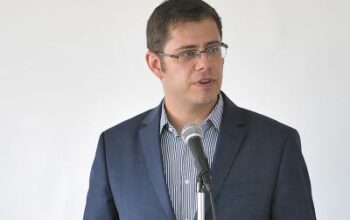In a recent essay published by the European Council on Foreign Relations, ECFR board co-chair and retired Swedish diplomat Carl Bildt reflects on the challenges and triumphs of the Dayton peace agreement, and the lessons of the peace process for today’s leaders. Bildt served as the chief negotiator for the European Community during the latter years of the peace process that culminated in the Dayton Peace Accords.
In his essay, Bildt argues that the deal that BiH’s warring parties and the international community ironed out in 1995 was very similar to a deal put forward in 1992. He lays most of the blame for the original deal’s failure on the failure of coordination between Europe and the United States.
The basic structure of the [1992] Carrington-Cutileiro plan was actually fairly similar to the deal that emerged in Dayton nearly four years later, after two million people had been displaced and more than 100,000 had died.
If you were to ask the first EC negotiator, Lord Carrington, he would say with conviction that it was the United States that encouraged the Bosnian Muslim leader, President Alija Izetbegovic, to walk away from that deal. But of course, there is no way of knowing whether that deal would have worked at that time. Throughout the region, the forces of disintegration were gaining strength by the day.
He also stresses that European leaders–before Dayton and since–should have taken a more pro-active stance with the goal of integrating the entire Balkan region into Europe. He argues that, in the face of the current tensions and challenges, “the EU will and must take the lead in Bosnia and the surrounding areas,” and that all of Europe and the international community must unite around the EU’s leadership. However, Bildt stresses the fact that lasting solutions cannot be imposed by the international community, but must come from BiH politicians and citizens.


